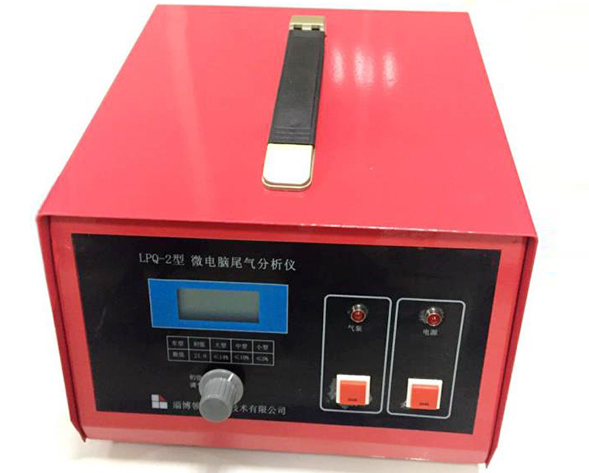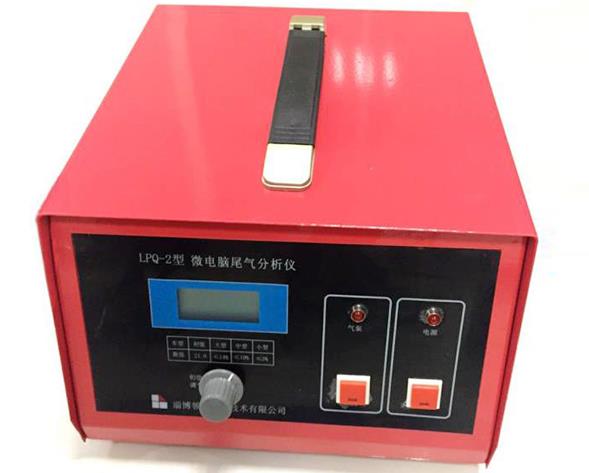
LPQ-2 Automobile exhaust emission detetor
LPQ-2 Automobile exhaust emission detetor
LPQ-2 Automobile exhaust emission detetor analyzes the oxygen content in automobile exhaust gas to determine whether the emission of carbon monoxide (CO) and Hydrocarbon (HC) in automobile exhaust gas meets the requirements of national standards, and can also reflect whether the engine air-fuel ratio has good dynamic and economic nature. The calibration status obtained from the oxygen content (%) of the exhaust. This instrument is designed for the automotive maintenance department to meet the needs of automotive exhaust emissions. It is characterized by compact structure, simple operation, easy to use, low price. It is the ideal testing equipment for automobile maintenance industry.
Technical parameters of equipment for automobile testing station
1. Measuring range: 0-25%
2, measurement accuracy: ±1%
3, working environment temperature: 0°C~45°C
4, Relative Humidity: ≤85%
5. Response Time: ≤15s
6, operating voltage: AC220V
How it works
The instrument adopts a plate-type membrane oxygen electrode sensor. Platinum is the cathode and silver is the anode. After oxygen enters the sensor, the oxygen molecule in the oxygen reaches the cathode through the diaphragm, and a point chemical reaction occurs at the appropriate polarization voltage, which makes the current of the sensor electrode proportional to the oxygen content in the gas. After amplifying the circuit, read the percentage of oxygen directly from the meter.
How to use it
1. Debugging:
(1) Press the POWER switch power LED
(2) Open the air pump to inhale fresh air, preheat for 15 minutes, and then adjust the "value" knob, so that the display display 210, that is, in the range of test requirements of the atmospheric oxygen content of 21% (the latter is decimal), note: The test range referred to here is to adjust the test height. For example, if the instrument is at a height of 1500 meters, the test range must be adjusted to 176 and 17.6%. Typically, you can set the monitor to 210.
Test:
Vehicle 0 pollution detection, at the engine operating temperature, the engine from 0 rpm accelerated to 70% rated speed, keep 60s, and then down to 0 tachometer measurements. See after debugging the instrument with probe rod and inlet pipe connection, intake rod inserted into the car exhaust pipe depth is not less than a few mm. At this point, the meter switch and the gas pump switch should be turned on. When the display value is stable, the display value is read. This value is the amount of oxygen in the car's exhaust. Under 0-Speed test conditions, CO and HC emissions conform to national standards when the oxygen content in the exhaust gas is less than 14%. The lower the oxygen content, the better the combustion.
When the oxygen content is within the 3-6% range, the engine is in a good dynamic economic state, that is, the air-fuel ratio is within the ideal range.
Precautions
1, often check the bucket handle inside the filter cartridge and filter tube in the filter surface blockage, such as severe black should replace the filter and filter cotton (skimmed cotton)
2. In order to prolong the service life of the instrument, the probe should be prevented from being placed in the exhaust pipe for a long time. 3, each trachea joint must be strictly sealed, so as not to affect the measurement accuracy.
Our company produces automotive testing station equipment, automotive performance testing lines, motor vehicle testing equipment and other equipment, you are welcome to visit our company.




